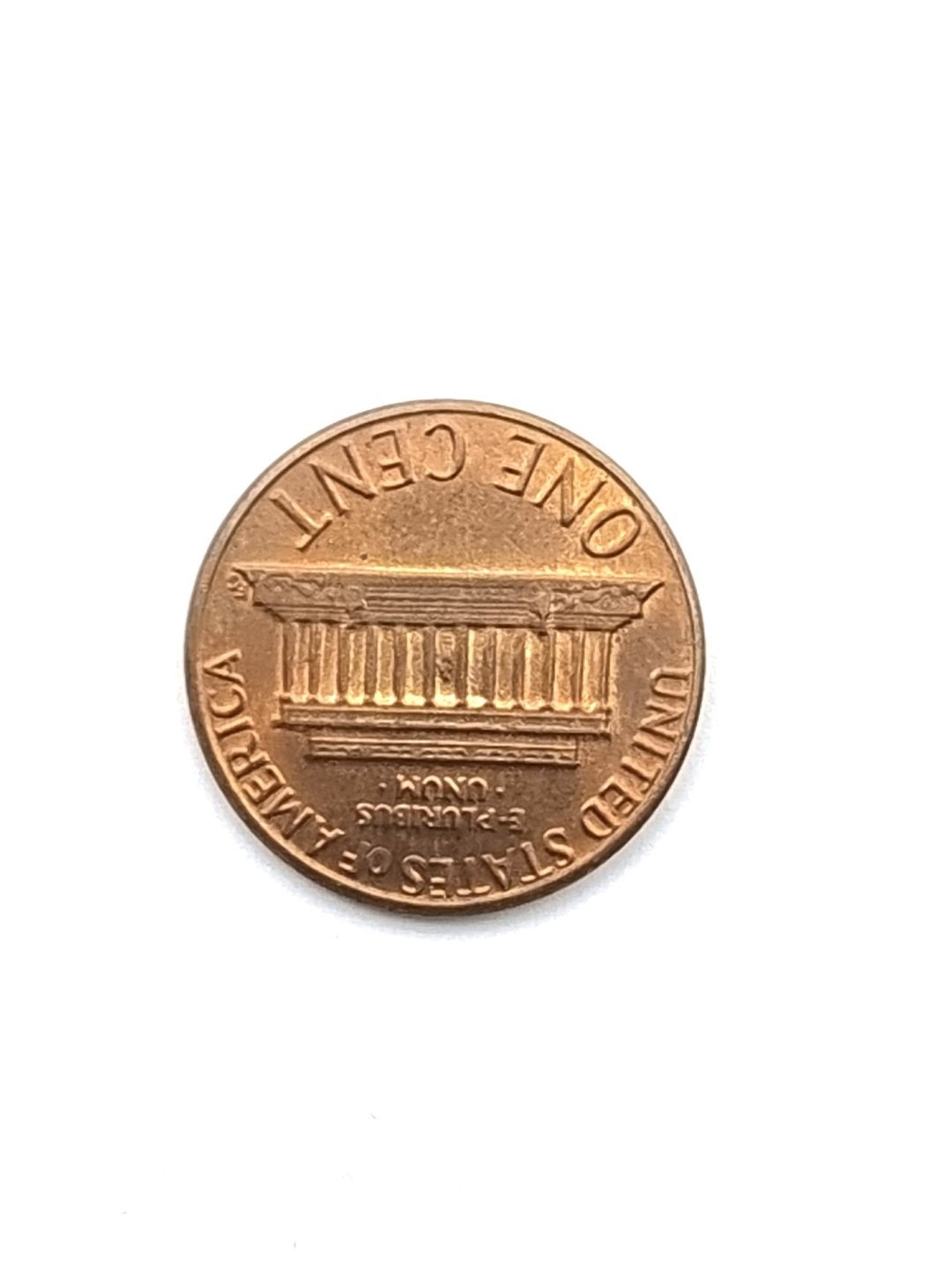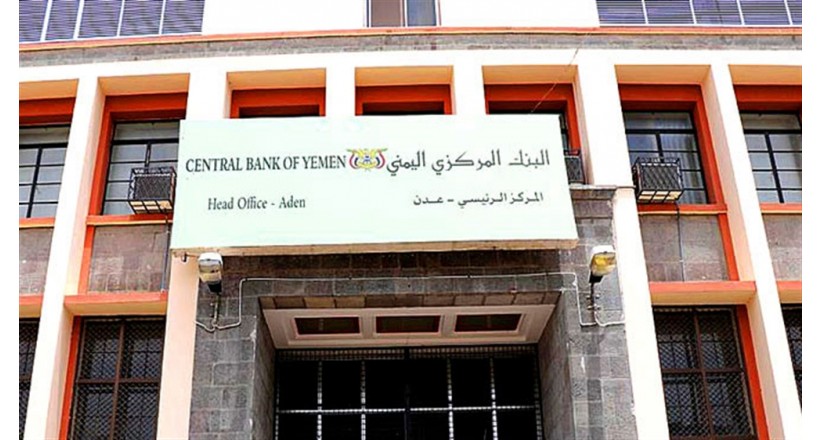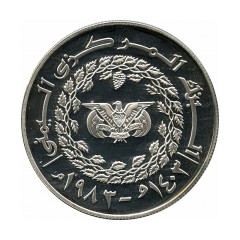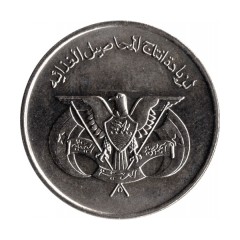The Central Bank of Yemen was established in the north in 1971 AD, and the Yemen Central Bank was established in the year 1972 AD . Upon the unification of the two countries, the merger of the two banks into one bank was centralized in the Central Bank of Yemen , located in Sana'a on May 22, 1990 . A Republican Decision No. (119) of 2016 was issued regarding the restructuring of the Board of Directors of the Central Bank of Yemen and the transfer of its headquarters to the temporary capital of Aden .
No central bank was established except in 1971 in the proper sense, even though it had previously established what is called the Yemeni Monetary Committee as a prelude to the establishment of the Central Bank of Yemen. The establishment of the Yemeni Central Bank was issued by Republican Decree Law No. 4 of 1970 AD, which stipulates Article 3: 1. A bank called the Central Bank of Yemen is established to carry out the activities stipulated in this law.
In Article 4-1, the most important functions of the Central Bank are to exercise the powers of the central banks. The authorized capital of the Central Bank of Yemen has been set at 10 million riyals. We mentioned its first and second paragraphs above that the government alone possesses the full capital of the central bank.
The importance of central banks is due to the interest of different governments in the growth of banking and commercial transactions and the necessity of controlling the amount of credit carried out by different banks in the country. With it all the central banks in different countries are created in the jobs they do, and if there are some differences, they are not basically the same, but in the way these banks follow in order to achieve their goals in an economic society. Its circumstances are different from the economic community in another country and its goal is not to profit as it is. With regard to other banks, the central bank must be subject to the general policy of the state. The functions performed by the Central Bank can be clarified as follows:
Issuing and organizing currency within the country.
Performing the banking services of the state.
Maintaining the banks' cash reserves in the banking system.
Re-deduction of financial and commercial securities to finance other banks.
Performing clearing works between banks and some of them.
Accumulating the amount of credit by implementing monetary policy.
Contributing to the economic planning work, and below we are discussing some jobs.
First: Issuance and regulation of the currency: Perhaps the motivation to delegate the process of issuing money to central banks instead of the state reserves for itself the right to issue is the state's fear of excessive issuance of the currency to serve budget purposes without economic activity in general, which leads to a deterioration in the value of the currency and lack of confidence in it.
Second: Performing the banking services of the state: Some see the necessity of the independence of the central bank from the government and not being subject to its supervision, due to the fact that the government can influence the bank’s activity to serve the government's purposes. Others also believe that the enjoyment by the government of supervision of the central bank is an imperative, as there is no difference between the government and the central bank in their concern for the public interest.
Third: Credit Control: The function of credit control is intended to control the central bank on the amount of bank money that commercial banks can create. The Central Bank's weapons in controlling credit volumes are:
Change the rebate rate:
If the central bank wants to expand the volume of credit, it reduces the discount rate and if it wants to shrink in the volume of credit, it raises the discount rate for commercial papers.
Open market operations:
If the central bank wanted to expand the volume of credit, it would enter the stock market as a buyer, and if it wanted a contraction in the volume of credit, it would enter the stock market as a seller.
Changing the cash reserve ratio:
Commercial banks are obliged to reserve a certain percentage of the money with the central bank. If the central bank’s policy is to expand the volume of credit, it reduces the ratio of the monetary reserve to its commercial banks and if it wants a contraction in the volume of credit, it raises the ratio of the monetary reserve to its commercial banks.
Literary Influence or Temptation:
Since it is the bank of choice and the lender of choice, and its commercial banks maintain reserves, it may ask commercial banks to follow a policy consistent with the public interest of the state.
Fourth: Carrying out swaps between banks and each other: As the bank maintains cash balances for commercial banks, the central bank could have settled the differences between the accounts between these banks and each other by using the credit balances of these banks.







